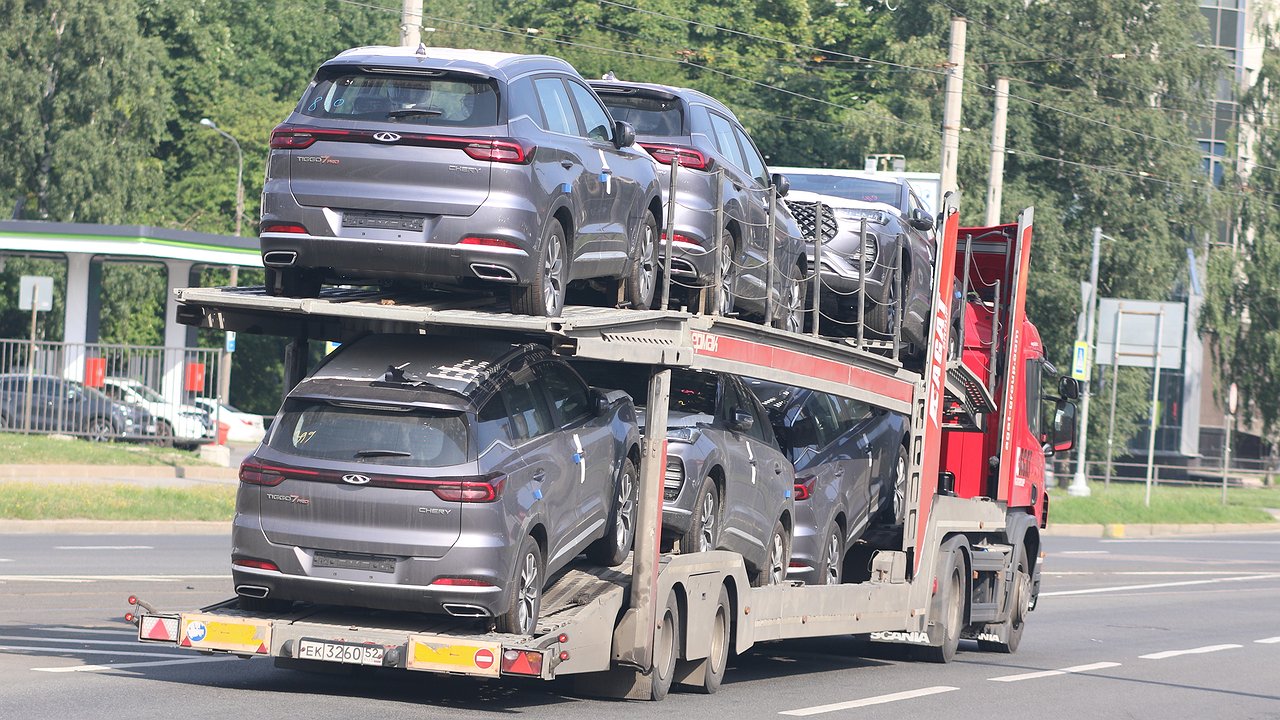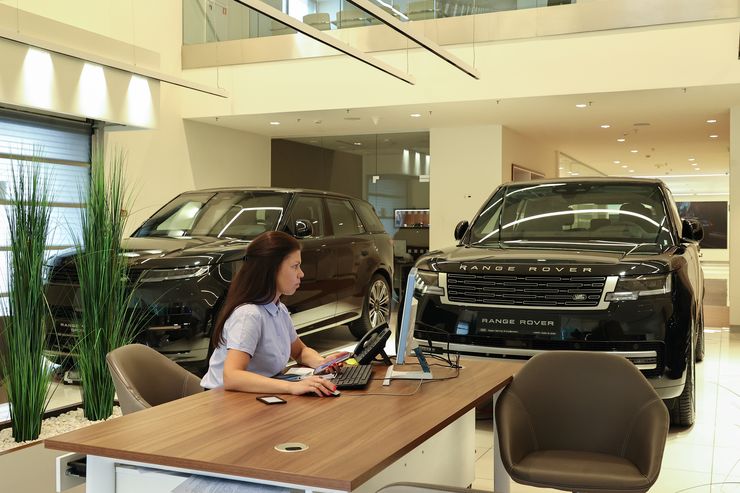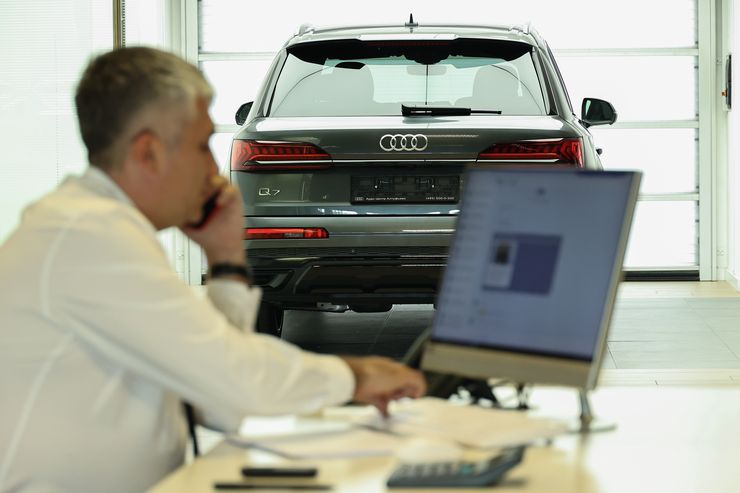In general, everything went along the path very succinctly described by the philological virtuoso Viktor Stepanovich Chernomyrdin: they wanted the best, but it turned out as always. Or maybe they didn’t even want what they publicly stated?
After all, this is not the first year that the heads of the Ministry of Industry and Trade have been married; the recycling fee was introduced back in 2012 at the instigation of Duma deputy Alfiya Gumarovna Kogogina, on the eve of Russia’s accession to the WTO, an organization extremely useful for the country’s economic health. Subsequently, this move was aimed at sharply reducing the import of cars into the country and maximizing their localization.
Repetition is the mother of learning
But as we were all convinced a year and a half ago, our auto industry did not even come close to its goal because, instead of working to expand domestic production, it immediately engaged in postscripts, cheating and outright deception, endangering the country’s vital position. localization into a fiction, the consequences of which Russia is now spoon-feeding.
But realizing that repetition is the mother of learning, the government’s financial and economic bloc decided to once again align themselves for the best assimilation of the material. Is it really necessary, in conditions of a terrible shortage in the car market, to close one of the supply channels, at least to complicate its use as much as possible?















